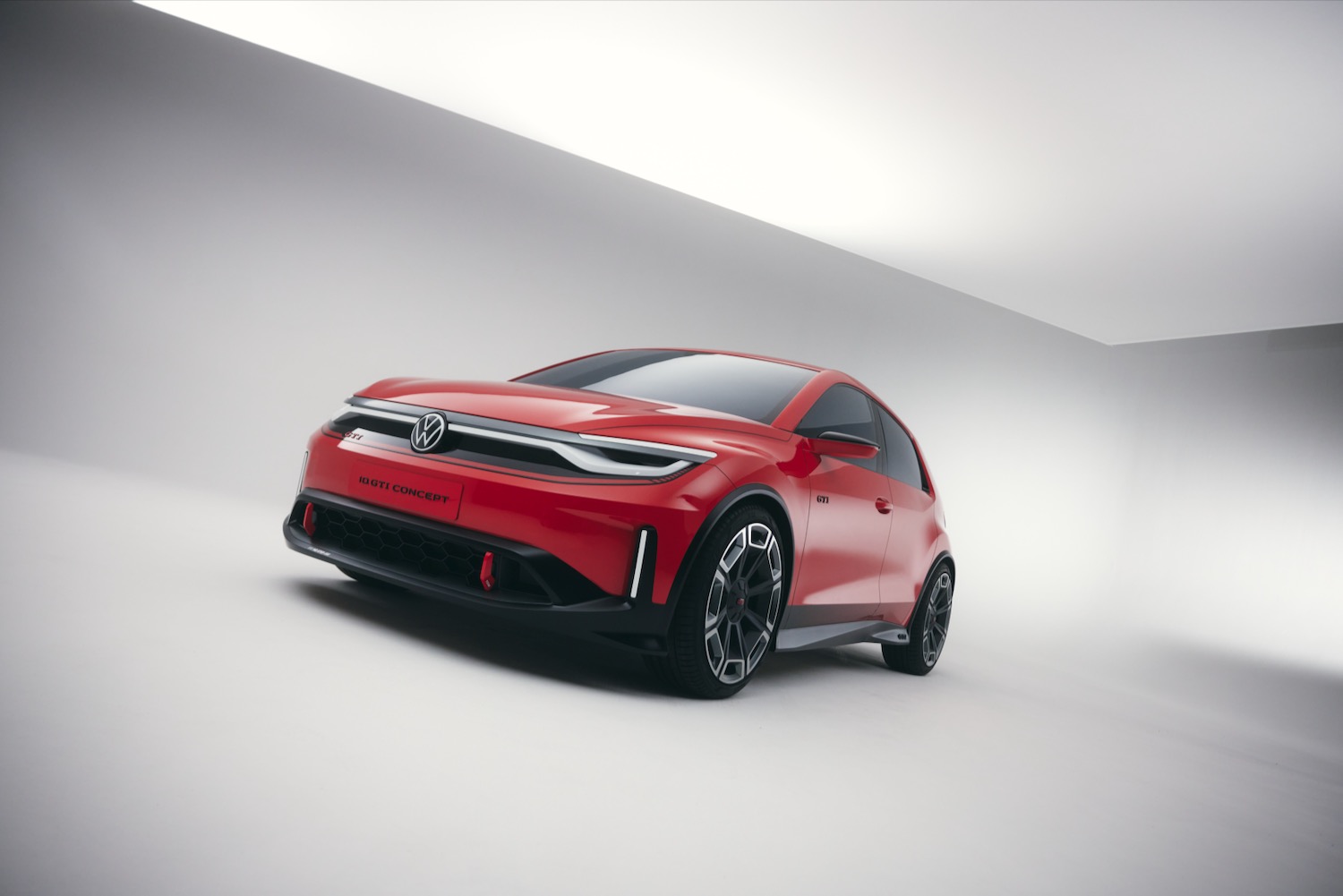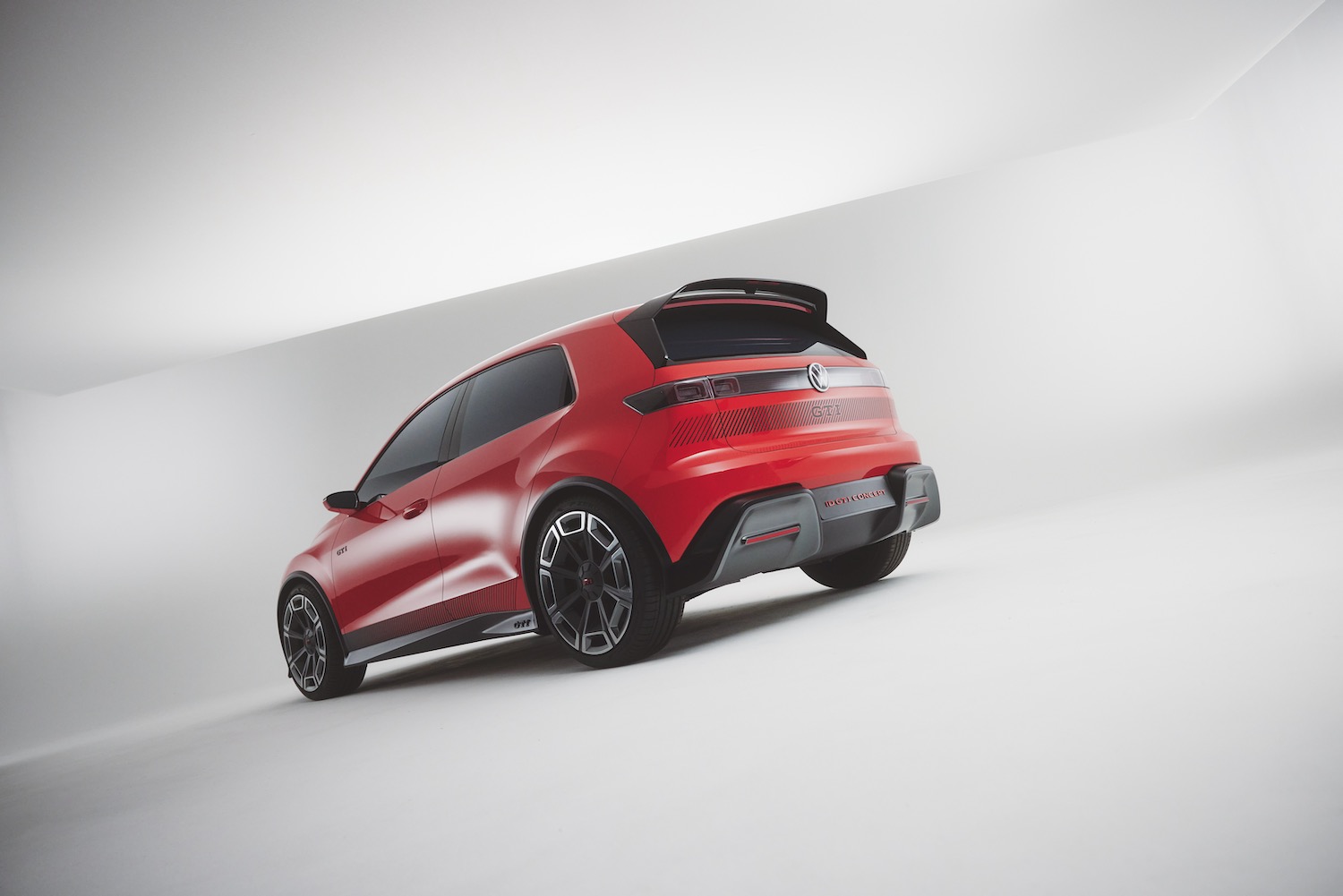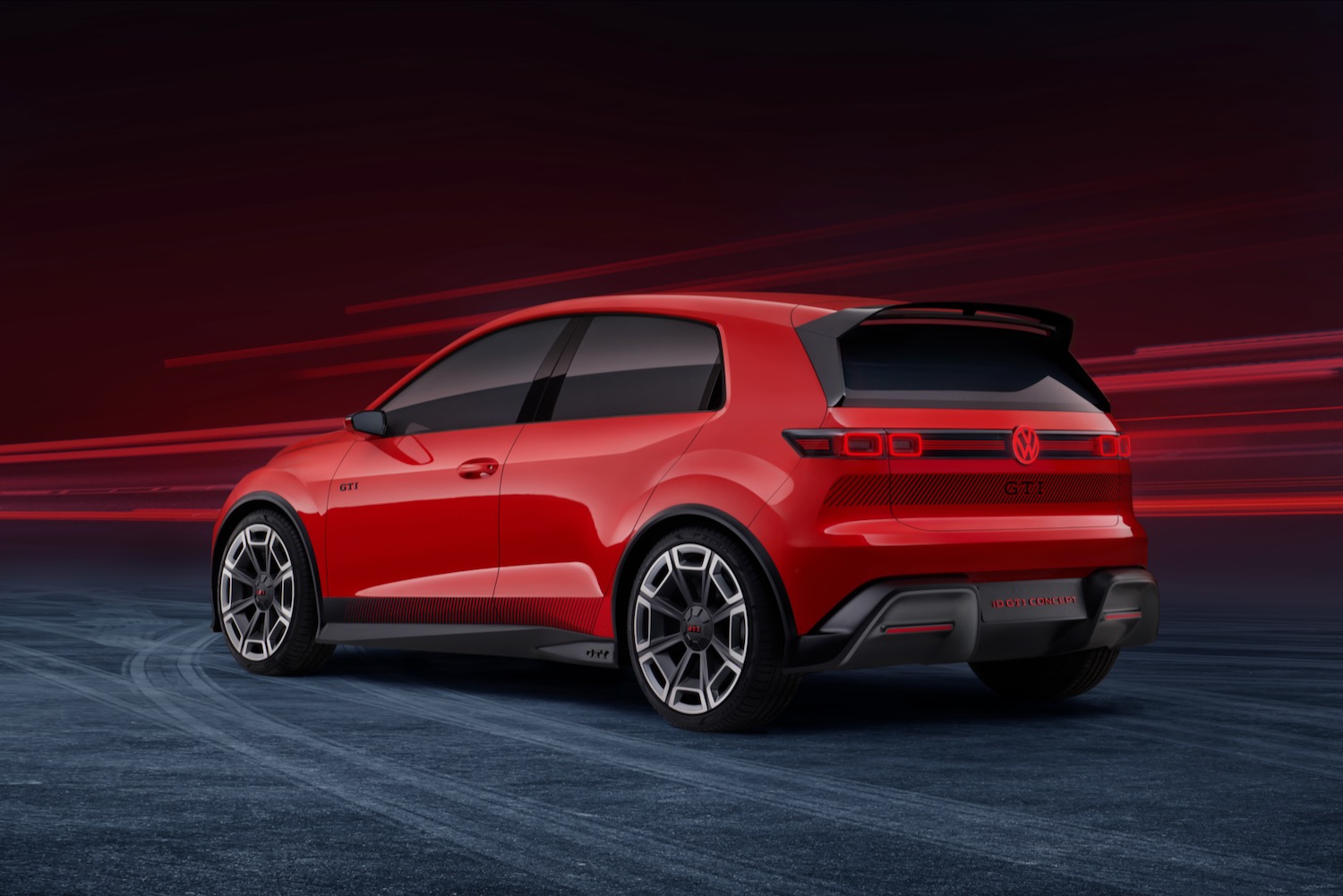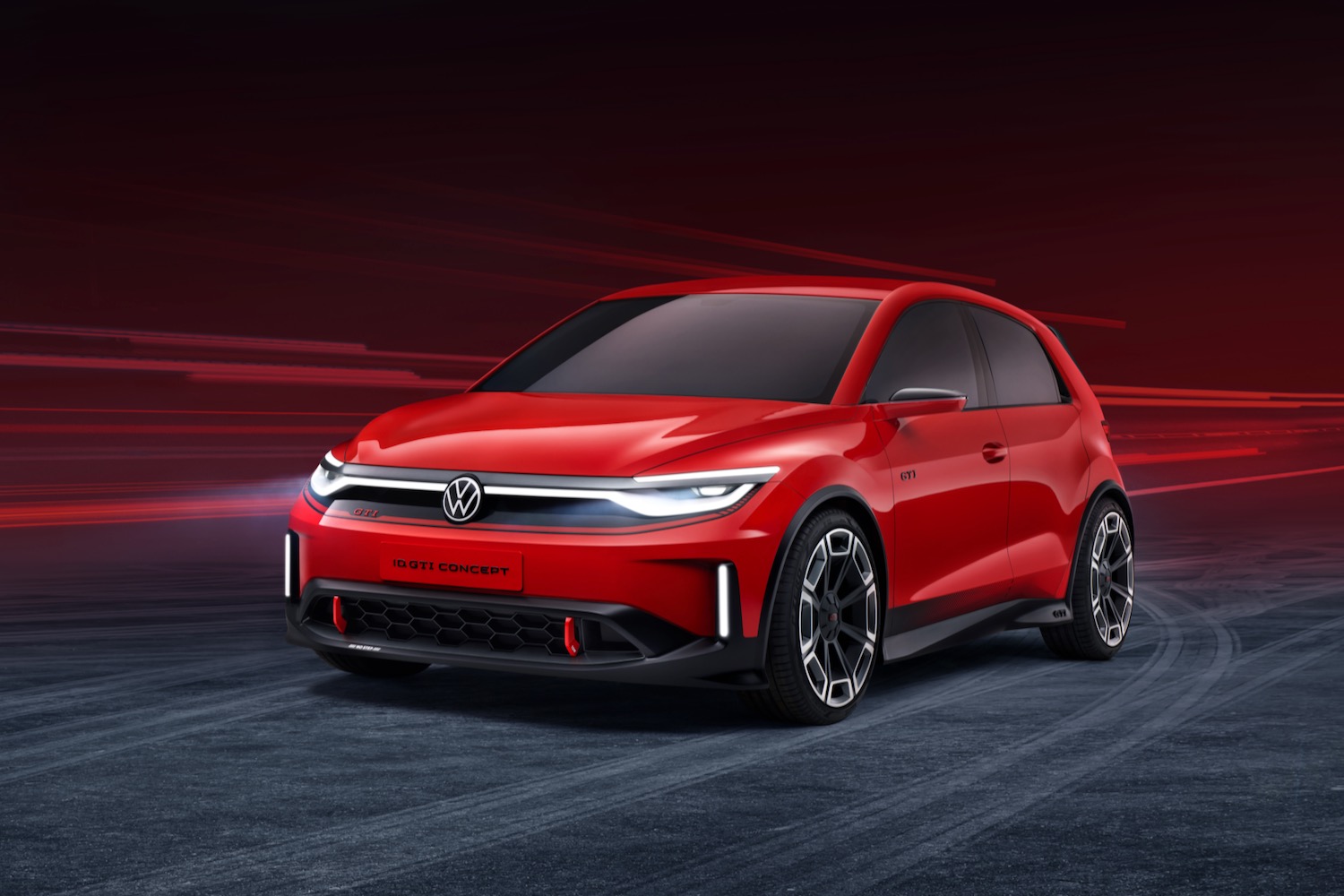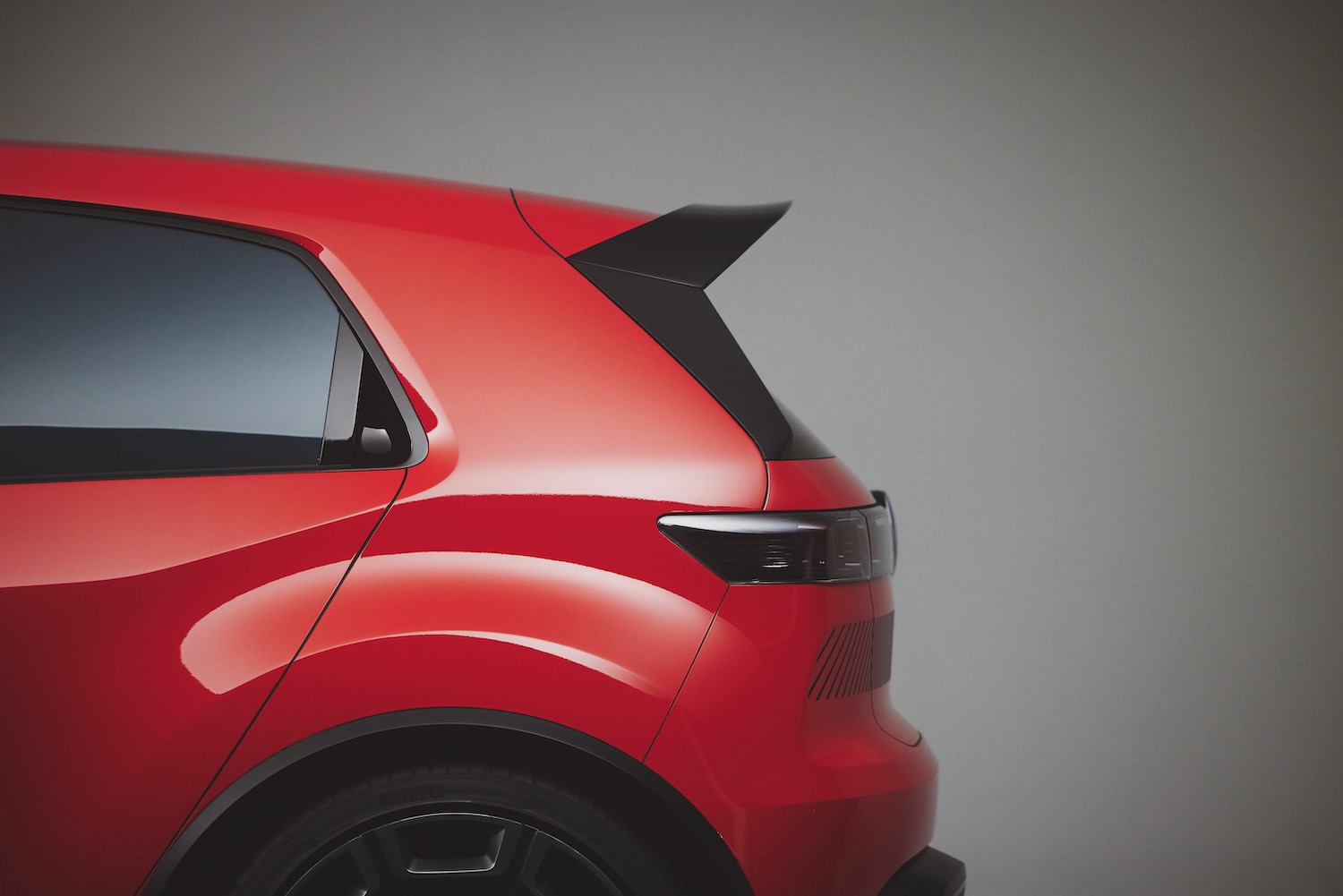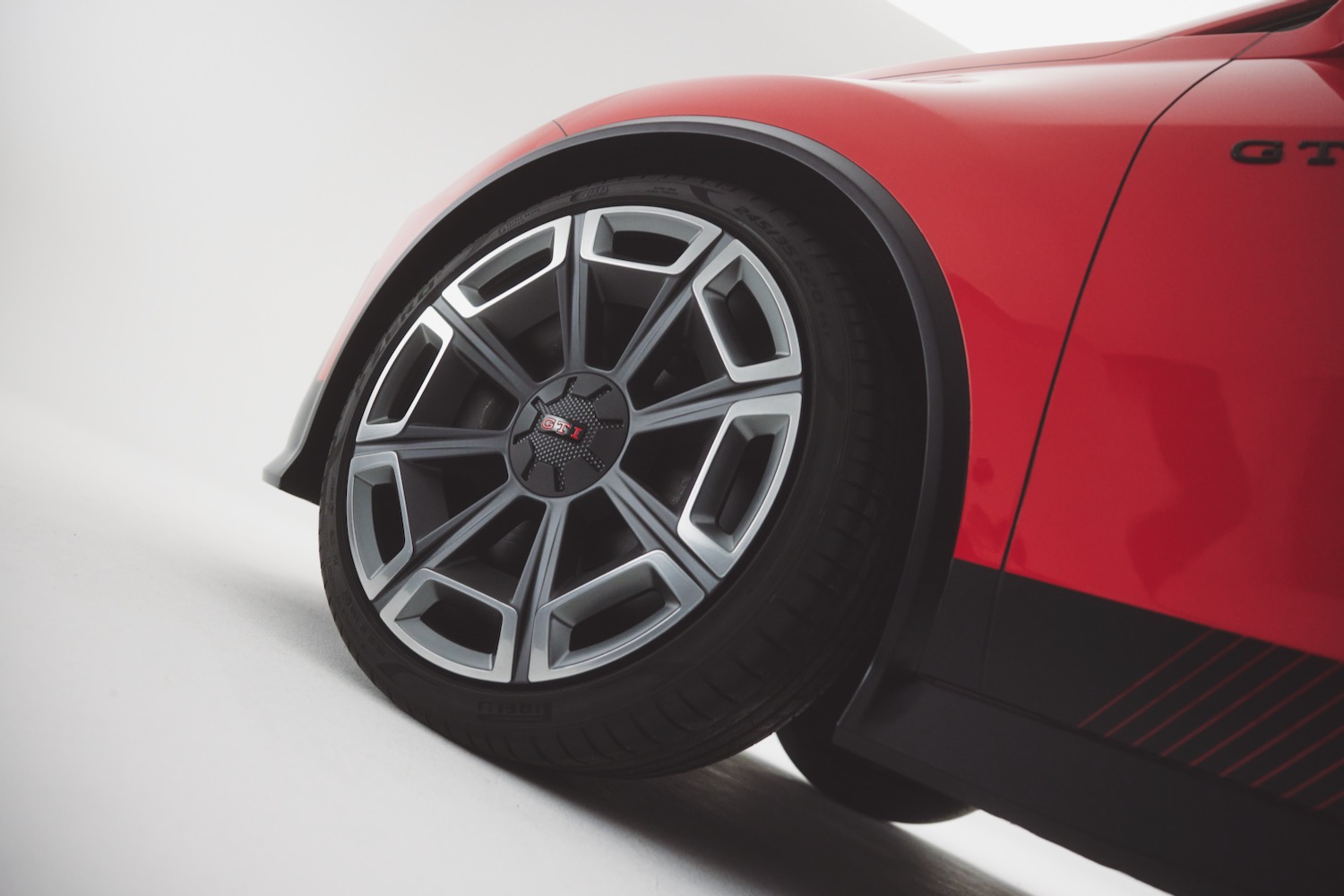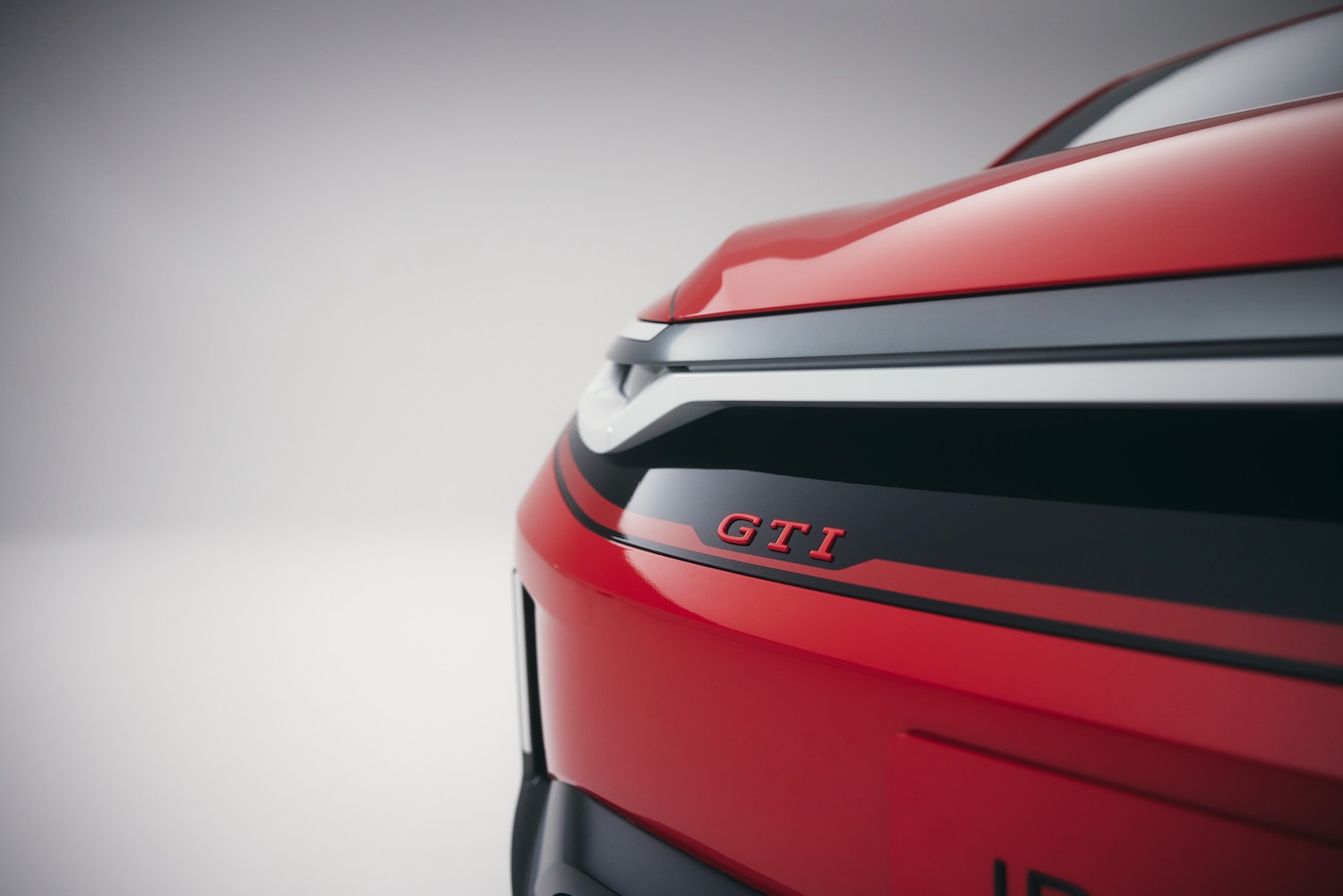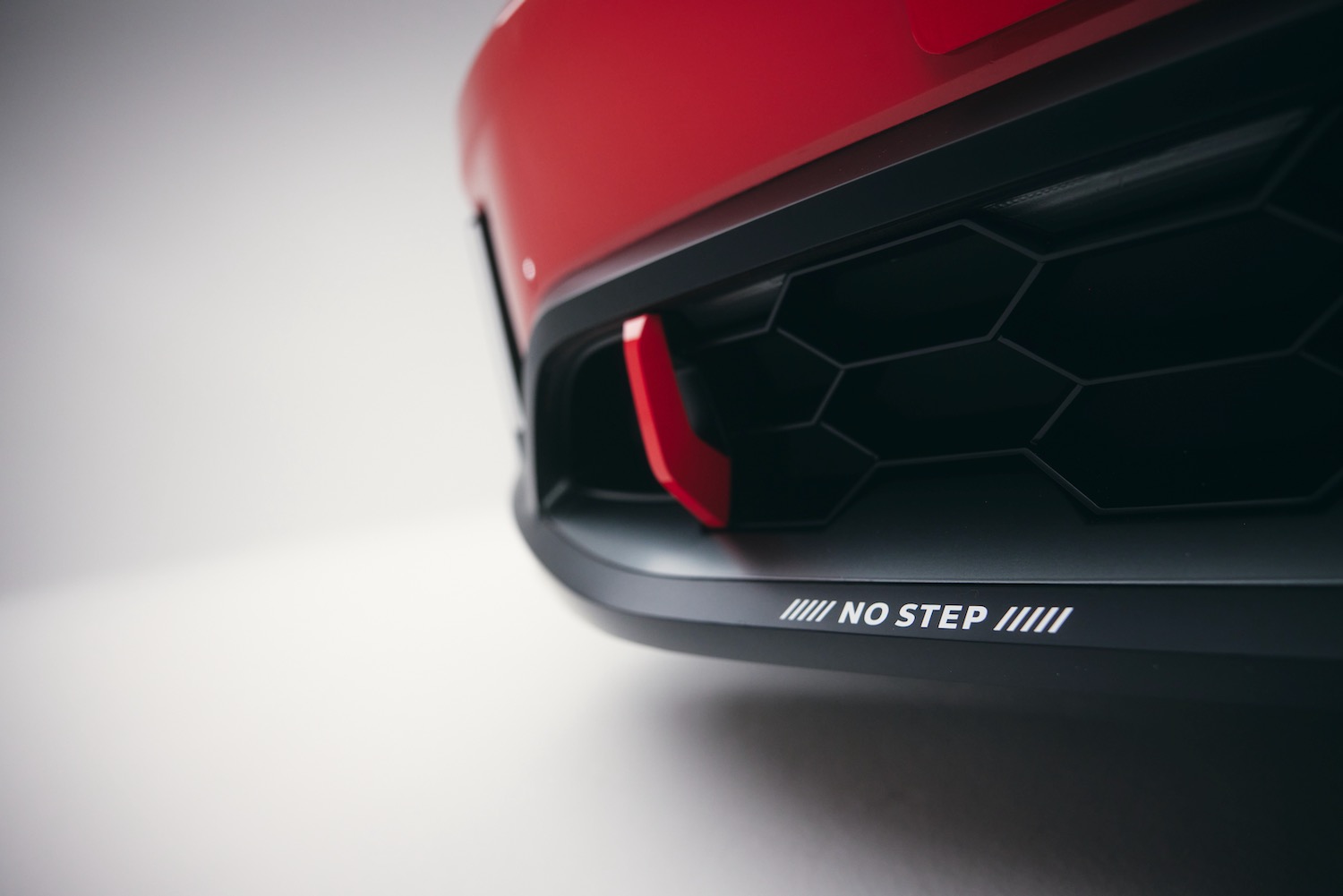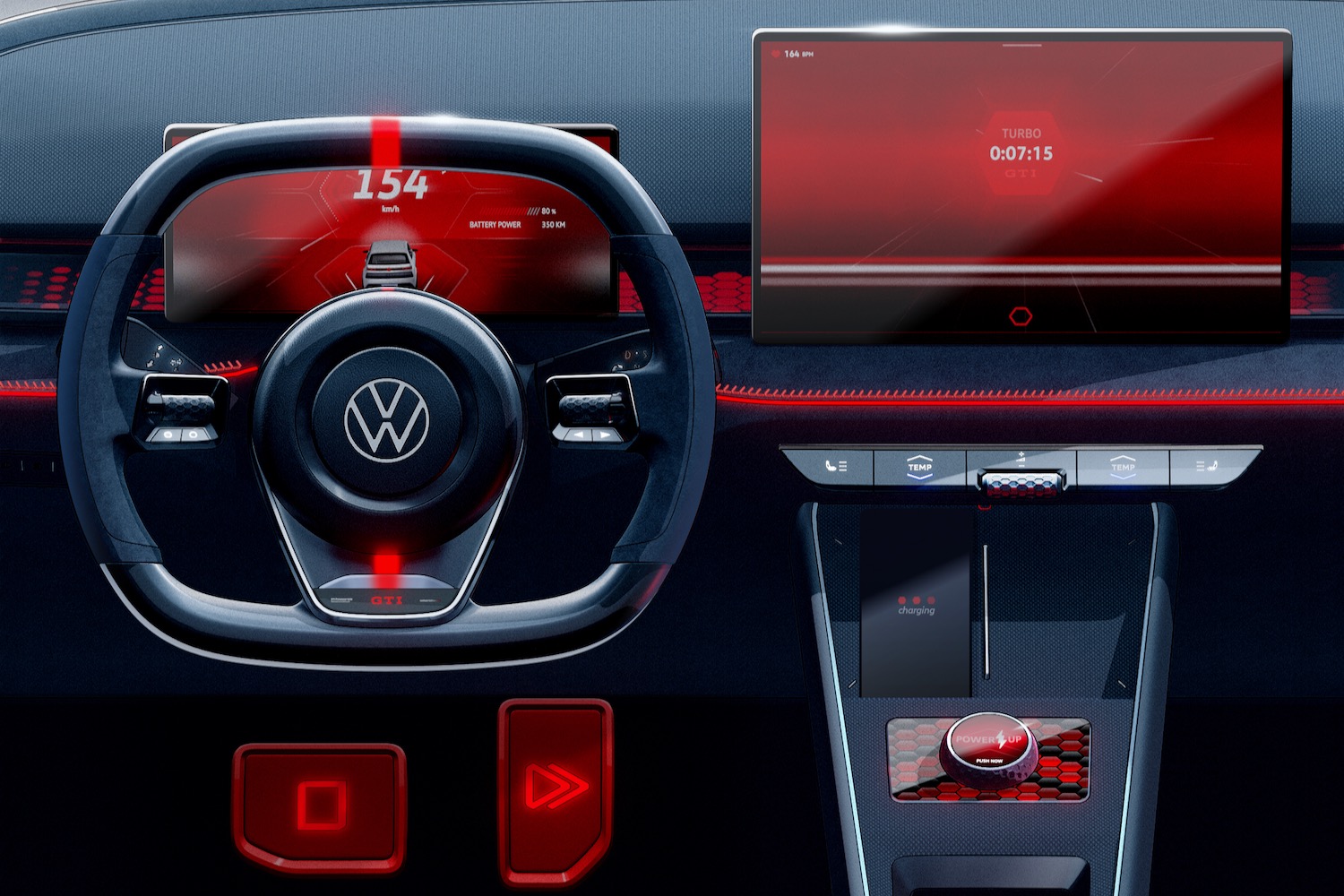
Volkswagen reinvented one of its most iconic models with the ID.Buzz, a modern, all-electric homage to the classic Microbus. But that’s not the only fan favorite vehicle currently in the automaker’s catalog.
Debuting at the 2023 Munich Auto Show, the Volkswagen ID.GTI concept aims to do for the Golf GTI hot hatchback — VW’s signature performance car — what the ID.Buzz did for the Microbus. VW claims a production version has already been given the green light, although it won’t say when it will appear.
Now in its eighth generation, the Golf GTI revolutionized performance cars when it debuted in Europe in 1976 (it didn’t arrive in the U.S. until 1983, as the Rabbit GTI) by imbuing the eminently practical Golf hatchback with more power and better handling, creating a car that was fun to drive, but also affordable and practical enough for daily use.

VW followed the same formula with the ID.GTI. The concept is based on the ID.2all, another concept car that was first shown in March. The ID.2all previews a production model VW plans to launch in Europe in 2025 with a targeted base price of 25,000 euros (just under $27,000 at current exchange rates).
Like the Golf GTI, the ID.GTI puts sportier accents like big wheels and a rear spoiler onto sheet metal that mostly carries over from its base vehicle. That makes the ID.GTI look somewhat retro, because the ID.2all it’s based on already has some Golf-like styling cues, including short front and rear overhangs and a rear roof pillar angled toward the front of the car.
The interior includes plenty of references to the Golf GTI, including a new version of that car’s signature plaid seats, plus a sporty three-spoke steering wheel. A shifter with golf-ball dimples is another GTI tradition, but since VW used the column-mounted switch from the ID.7 sedan, it was transferred to the center-console knob that controls drive modes and other settings.
There’s plenty of tech as well, including an augmented reality head-up display that projects information onto the windshield, a 12.9-inch touchscreen, and a 10.9-inch digital instrument cluster that can be customized to look like the gauge clusters from classic GTI models.
Since it’s based on the ID.2all, the ID.GTI uses a simplified version of the MEB platform that underpins the ID.Buzz and ID.4 crossover SUV and is called MEB Entry. It’s also front-wheel drive, like the gasoline GTI. VW didn’t disclose powertrain specs, but said the powertrain can be configured to simulate vintage GTI models, including the original Mark I from 1976, a 1986 Golf GTI Mark II, or 25th anniversary edition of the Mark IV from 2001.
The production version of the ID.GTI likely won’t appear until at least 2025, when the production version of the ID.2all is scheduled to launch in Europe. Just as VW only sells the GTI (and its Golf R sibling) in the U.S. and not the base Golf, we may only get the GTI version of this EV. And with Hyundai preparing an N performance version of the Ioniq 5, car enthusiasts have an electric hot-hatch duel to look forward to.
